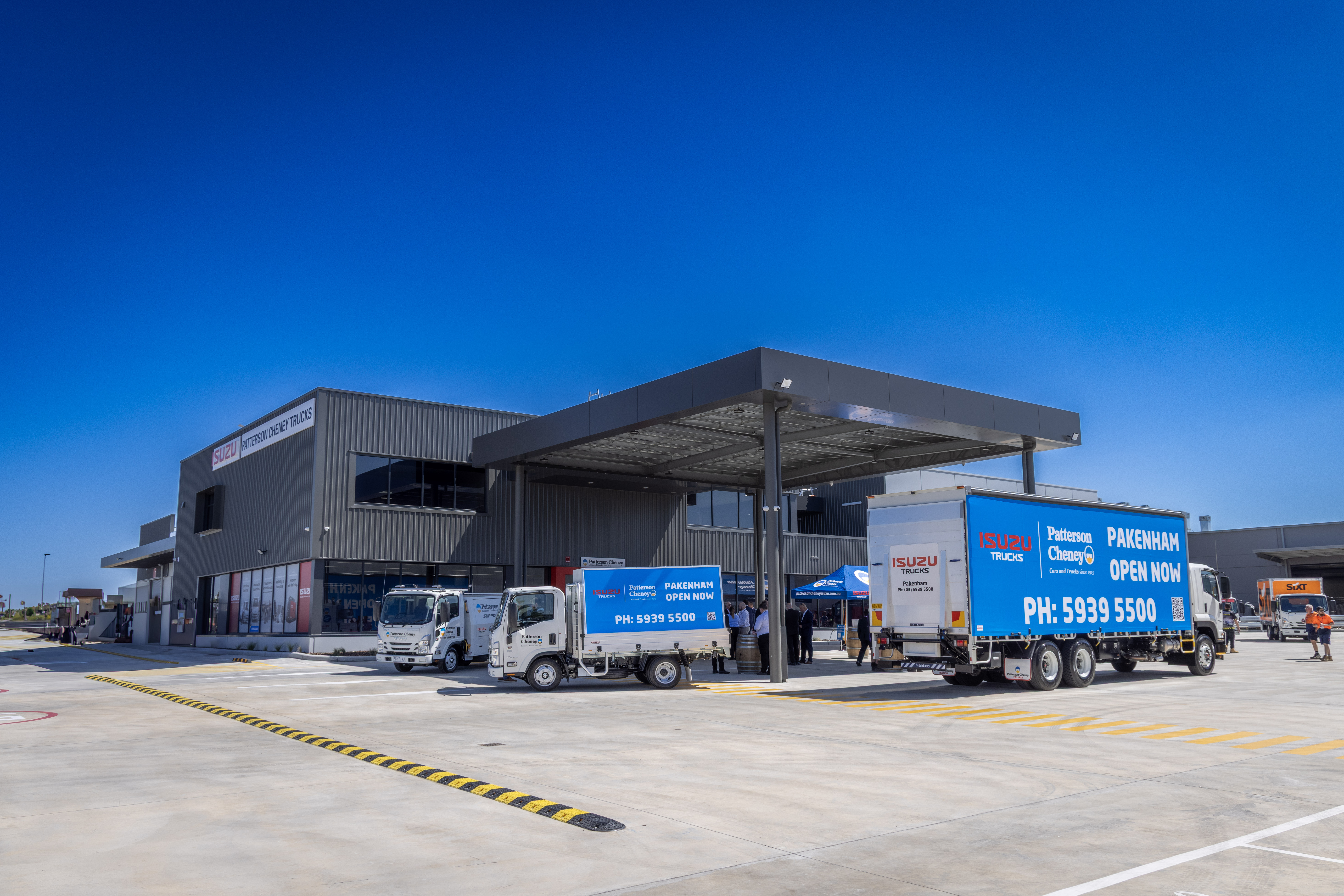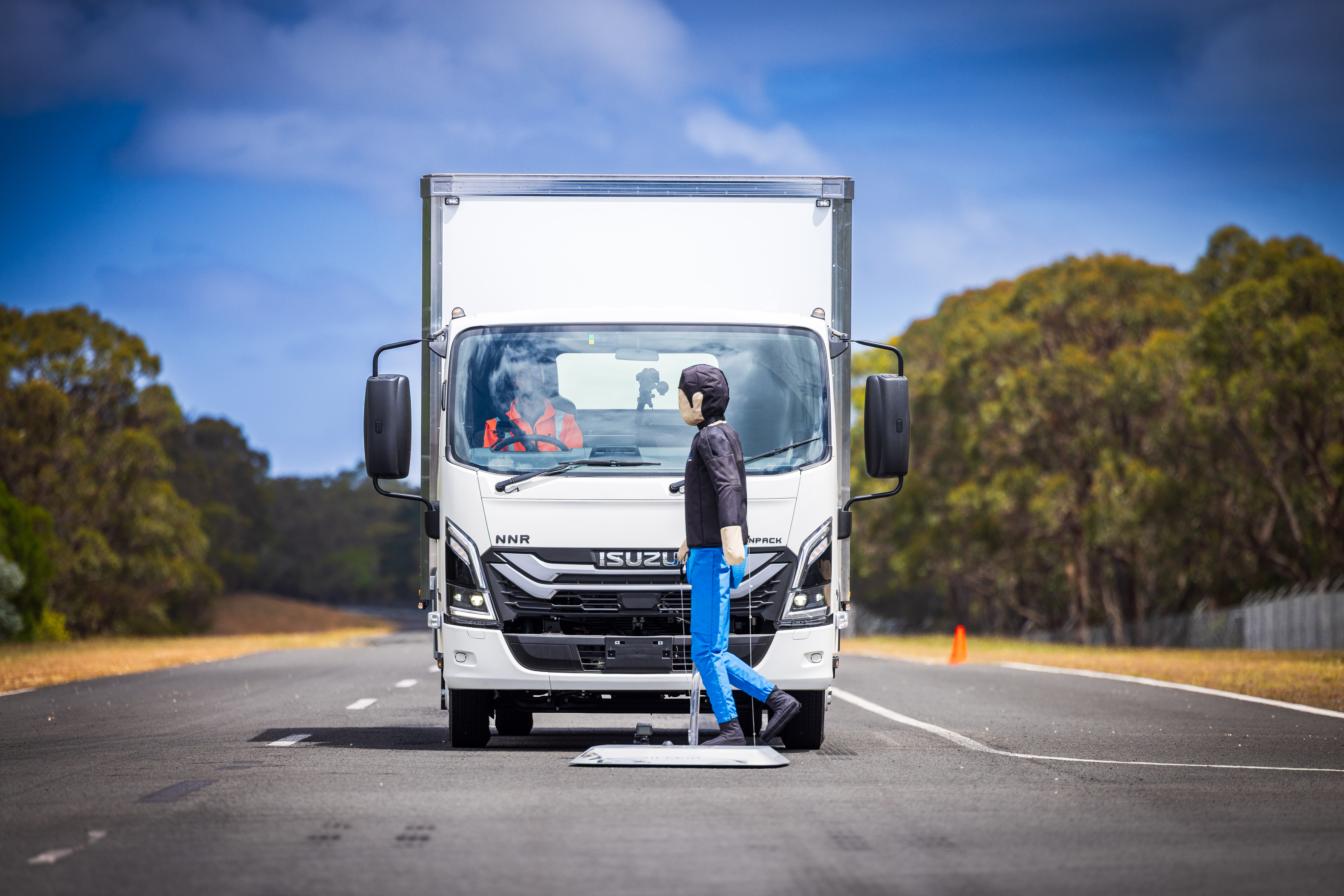TECH CHECK: WHAT YOU NEED TO KNOW ABOUT ACTIVE & PASSIVE SAFETY SYSTEMS
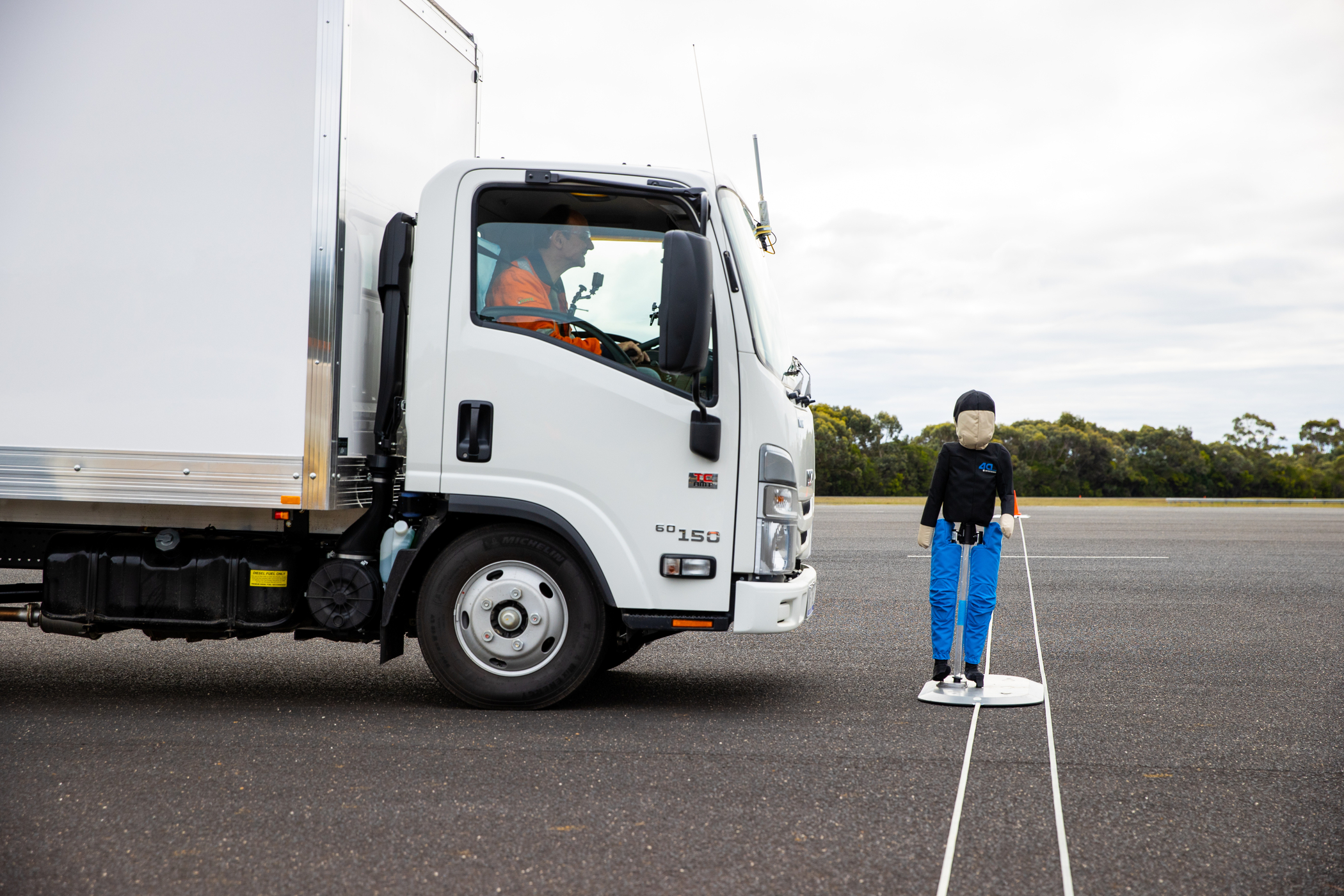
Passive Safety
Passive safety features primarily work to reduce the risk of injury to an occupant and minimise damage. A passive safety feature is something that doesn’t function until an accident has already occurred —for example, an SRS airbag that may be deployed if the truck is involved in an incident. While these features are sometimes referred to as ‘secondary’ safety technology, they are critical for preventing injuries and saving lives. Think seat belts with pre-tensioners, driver and passenger air bags, and crash-rated cab constructions.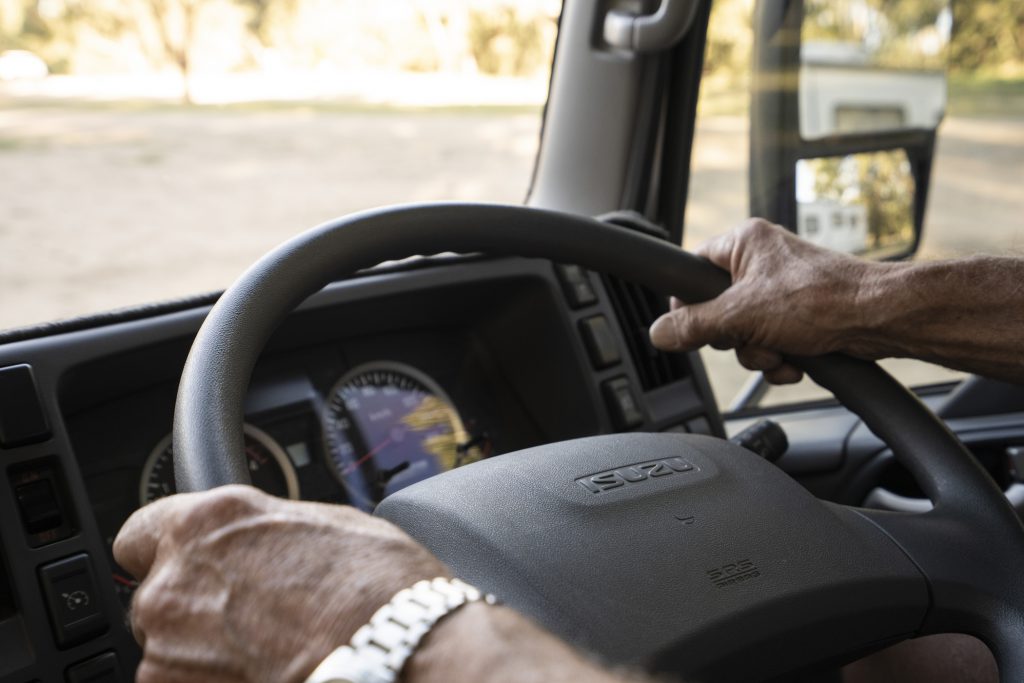 Fact: a UN/ECE R29-compliant cab can reduce fatalities in truck crashes by 35 per cent (check your door jambs to see if your cab conforms to R29 standards).
Passive safety features also encompass anti-intrusion bars or beams, which protect occupants from side impacts. The role that anti-intrusion bars play is a little bit fascinating in itself: they’re engineered to absorb the kinetic energy of colliding vehicles and partially convert it into the internal of the truck body.
Not to forget features like roll cages and roll bars, but they’re unlikely to be encountered in your everyday truck, but maybe in Super Truck racing!
Fact: a UN/ECE R29-compliant cab can reduce fatalities in truck crashes by 35 per cent (check your door jambs to see if your cab conforms to R29 standards).
Passive safety features also encompass anti-intrusion bars or beams, which protect occupants from side impacts. The role that anti-intrusion bars play is a little bit fascinating in itself: they’re engineered to absorb the kinetic energy of colliding vehicles and partially convert it into the internal of the truck body.
Not to forget features like roll cages and roll bars, but they’re unlikely to be encountered in your everyday truck, but maybe in Super Truck racing!
Active Safety
An active safety feature (or active system) works to prevent an accident before it happens and ultimately not only protects the occupant but also the public. These systems continuously monitor the driving environment to help you stay safe and are designed to keep you from having an accident. These features stay ‘active’ while you drive. Usually electronic and controlled by a computer or senor(s), an active safety system can include features such as:- Electronic Stability Control (ESC)
- Traction control (such as Anti-Skid or Anti-Slip Regulation - ASR)
- Anti-lock Braking Systems (such as ABS)
- Hill control (or Hill Start Assist, preventing rollbacks on inclined slopes)
- Cruise control
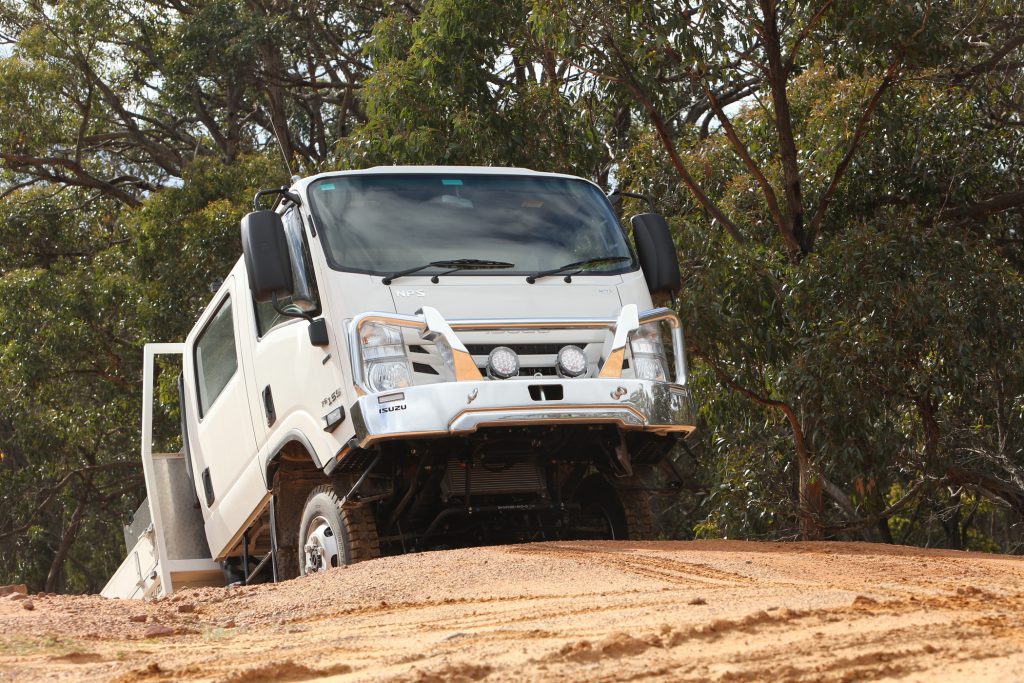
Active Safety: supercharged edition
Active safety systems can also include advanced driver assistance systems (such as Isuzu’s ADAS) that assist a driver to maintain a safe operating environment. Advanced driver assistance systems usually include image and other sensors that detect and monitor the movement of vehicles and other objects.
Isuzu’s ADAS dual-camera sensors monitor on-road conditions
The system can deliver audible or visual warning cues to the driver (on the dashboard) or autonomously control the vehicle systems (for example, lights or brakes) if needed. Advanced driver assistance systems have only been introduced in Australia during the last decade or so and are now making headway in the trucking world. Some features you may encounter in a truck ADAS include:
Some features you may encounter in a truck ADAS include:
- Emergency autonomous braking
- Distance and lane departure warnings
- Traffic movement warning
- Adaptive headlights
- Adaptive cruise control
- Blind spot detection
- Fatigue warning
- Self-parking
The more the merrier
When it comes to safety systems, it’s usually a case of the more you’ve got, the better protected you are. Regardless of how much time you or your drivers spend on the road, anything that can help to keep your business rolling—and see you and your employees making it home safely at the end of the day—is a definite bonus. Recent research has shown that the effectiveness of technology in increasing safety, with the inclusion of both passive and safety features in trucks a key concern for fleets of all sizes here in Australia. But just like there’s a big difference between active and passive safety features, there’s also a big difference to what a truck manufacturer offers as standard, or as an optional extra. So, whenever you’re due for that next upgrade, make sure you ask about both passive and active safety features available on your preferred model, to keep you trucking safely. Can tyre quality affect your truck’s performance? Find out with our blog on this topic here.


The all-new Isuzu truck range is about to arrive.
Register your interest and we'll keep you in the loop with the latest updates.
Learn More


